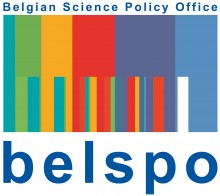 On 18th of December 2015, Erik Buelinckx from the Royal Institute for Cultural Heritage presented the project at the monthly meeting of the follow-up committee of the Belgian Federal Policy digitisation program.
On 18th of December 2015, Erik Buelinckx from the Royal Institute for Cultural Heritage presented the project at the monthly meeting of the follow-up committee of the Belgian Federal Policy digitisation program.
These meetings are organised in the framework of a big digitalisation project (see below). As this project is working to set up a long term preservation platform for memory institutions, the results of PREFORMA and particularly the conformity checker would fit nicely in as a tool to be added to this platform.
A general presentation of PREFORMA, was delivered to representatives from the Federal scientific Institutions. The group consists, among others, of the Royal Library of Belgium, the national archives, some big museums, the royal cinematheque, etc.
The reactions were very good and many questions were raised. In particular, the archives were interested, so this will be followed by a more specific meeting with them.
About the Digitisation Plan
Belgium retains in its federal scientific institutions (FSI’s) an exceptional scientific, cultural, historical and artistic heritage, whose value was estimated in 2002 at 6.2 billion euros. Their collections make up for an important part of the world heritage in many areas and provide valuable support for scientific research.
At the beginning of this millennium, and despite the efforts of several of the FSI’s separately, this heritage remained mainly inaccessible and little exploited, particularly in digital form. The most vulnerable or most damaged pieces threatened to disappear. It was deemed appropriate to respond to the structural dynamics in Europe to digitise cultural and scientific content, a dynamic that led, in particular, to the building up of a virtual and multilingual European Library (Europeana).
The Council of Ministers has taken on July 19, 2001 notice of these problems and given his agreement for a thorough study aimed to find a structural funding for the digitisation and electronic distribution of the collections.
Therefore, a Digitisation Plan for 10 years was launched in April 2004 with the financing of the first phase (2005-2008) of nine targeted priority projects. The aim of these 9 projects was a better dissemination and utilisation of the collections of the FSI and digitisation efforts in the FSI’s increase by seeking synergies and complementarity, taking into account the specific nature of the various institutions. That first phase of the Digitisation Plan was extended until the end of March 2012.
One problem encountered was to address the large-scale digitisation needs (especially in terms of overall vision, resources and deadlines). From this first experience lessons were drawn for the start of a more ambitious second phase.
The new program (2013-2018) is designed so that the digitisation activities of the various institutions involved and the associated resources will not remain fragmented. The aim is a genuine inter-institutional collaboration to establish on the basis of common investment, an industrial-scale infrastructure and joint management of digitised data and activities allowing synergies to be realised. Of course, always with the specific needs of each institution taken into account.
The creation of three different platforms is provided with the necessary interfaces:
- a common platform for storage and long-term preservation (LTP)
- a digitisation platform (in-situ and external digitisation)
- a valorisation platform.
The common platform for long-term preservation (LTP) needs to bring a solution for the huge archiving problem of the storage, conservation and management of the digitised objects, the FSI’s cannot solve alone.
The FSI’s wish to ensure through the LTP platform that existing digital objects and the new digitised objects will still be accessible in the future, and for a very long time (over 10 years) remain intact, clearly longer than the lifetime of current specific storage systems and technologies.
The sizes and dimensions of preserving digital objects are very diverse (especially PDF, TIFF, WAV, JPEG, JPEG2000, MOV, AVI, MXF, TAR, DPX, ranging from a few Kb to 4 TB). The total data volume is today one PB and can reach more than 12 PB end of 2018.
This platform should ensure at all times the integrity, authenticity and availability of such data. The LTP platform should support as much as possible by the industry accepted open standards, protocols and components. The data and metadata have to be stored in such a way that they can be recovered through open standard protocols. This protects users against an eventual “vendor lock-in” or against any disappearance of a software or a specific vendor. The medium in which the data is stored should be as standard as possible and accessible through open systems. The data and metadata may under no circumstances leave the Belgian territory.
The platform will be installed in the data centers of the federal government. All FSI’s have direct access to high bandwidth on the Belnet network.
The 10 Federal Scientific Institutions are:
An additional Belgian federal institution with a rich cultural heritage was added to this project:
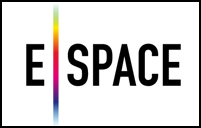 Important appointments organized by Europeana Space project in March 2015!
Important appointments organized by Europeana Space project in March 2015!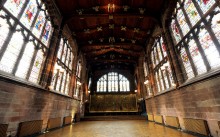 www.europeana-space.eu/ipr-workshop/
www.europeana-space.eu/ipr-workshop/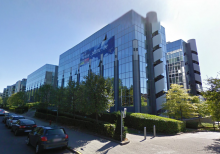


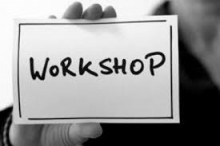
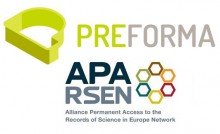
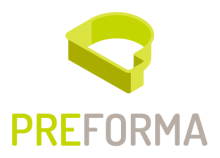
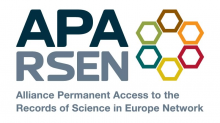
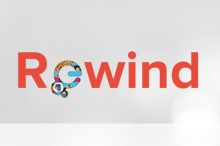
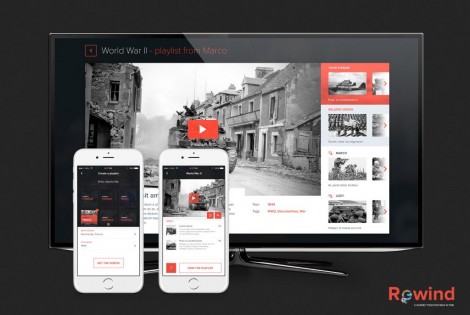








 To celebrate its 20th Edition Museum Expressions, the gift and cultural marking trade show, launched Museum Connections, an innovative conference programme focusing on innovation in Museums which gathered key museum and cultural heritage actors from around the world.
To celebrate its 20th Edition Museum Expressions, the gift and cultural marking trade show, launched Museum Connections, an innovative conference programme focusing on innovation in Museums which gathered key museum and cultural heritage actors from around the world. The event gave to the attendees the opportunity to meet museum professionals, gain new ideas and best practices to be applied in their institution and be inspired by those who build the Museum of the Future. Through various projects, thanks to innovative and connected marketing, they have changed the way to connect Art to the public. Branding social media, crowdfunding, audience development, loyalty programmes, e-shop and a new way of visiting museums…
The event gave to the attendees the opportunity to meet museum professionals, gain new ideas and best practices to be applied in their institution and be inspired by those who build the Museum of the Future. Through various projects, thanks to innovative and connected marketing, they have changed the way to connect Art to the public. Branding social media, crowdfunding, audience development, loyalty programmes, e-shop and a new way of visiting museums…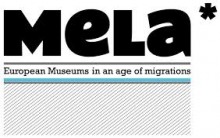

 MeLa* European Museums in an age of migrations is a four-year Research Project funded by the European Commission (FP7), which aims to delineate new approaches for museums in relation with the conditions posed by the migrations of people, cultures, ideas, information and knowledge in the global world. It aims moreover to evaluate how much these changes can interfere with the organisation, the communication strategies, the physical structures and the architecture of the exhibition places. Its main objectives are to advance knowledge in the field and to support museum communities, practitioners, experts and policymakers in developing new missions and forms of museums and libraries in “an age of migrations”.
MeLa* European Museums in an age of migrations is a four-year Research Project funded by the European Commission (FP7), which aims to delineate new approaches for museums in relation with the conditions posed by the migrations of people, cultures, ideas, information and knowledge in the global world. It aims moreover to evaluate how much these changes can interfere with the organisation, the communication strategies, the physical structures and the architecture of the exhibition places. Its main objectives are to advance knowledge in the field and to support museum communities, practitioners, experts and policymakers in developing new missions and forms of museums and libraries in “an age of migrations”.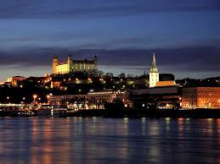
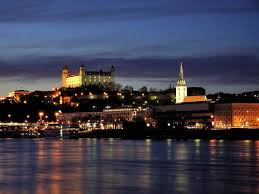
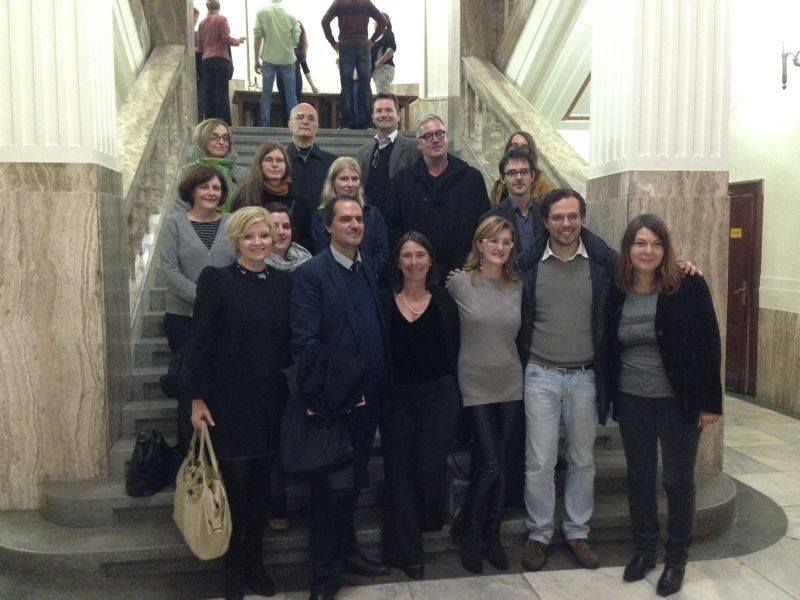
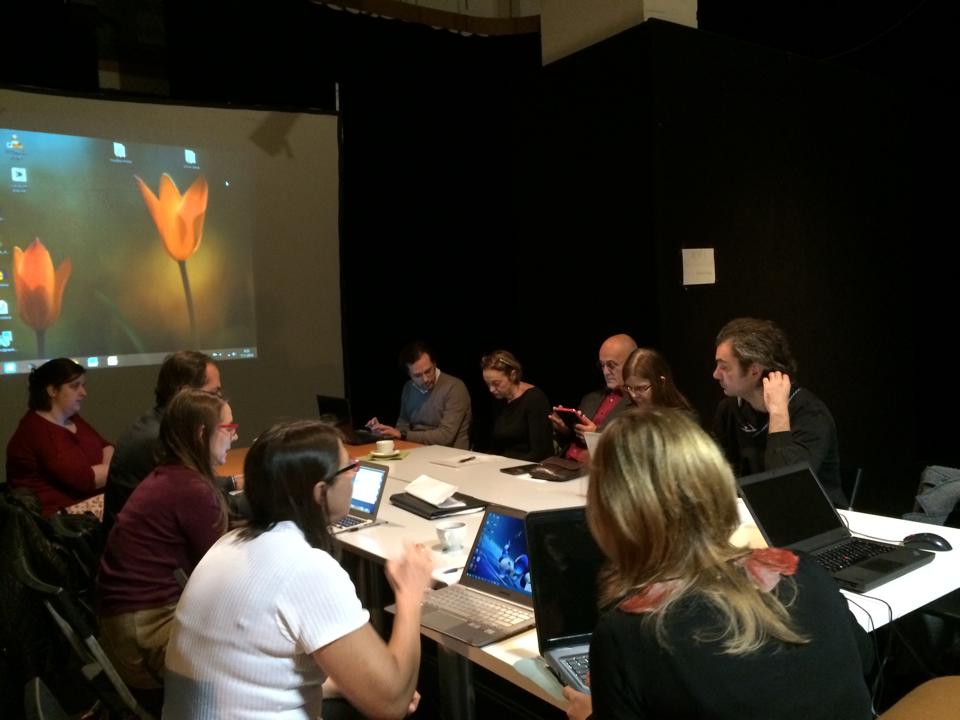
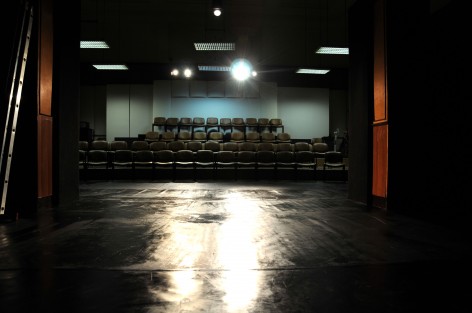
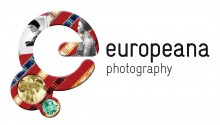
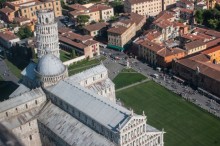
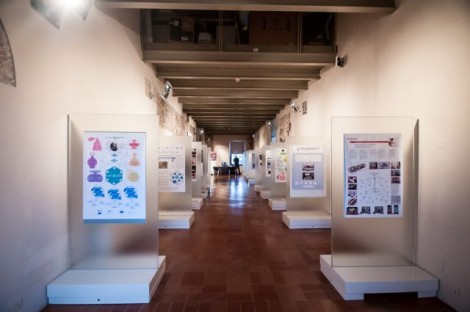
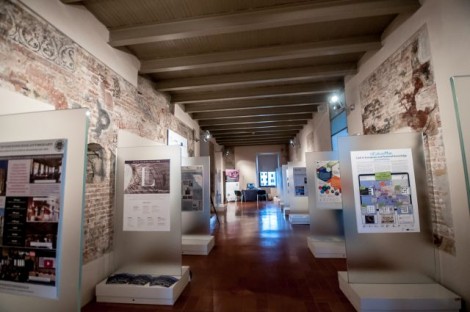
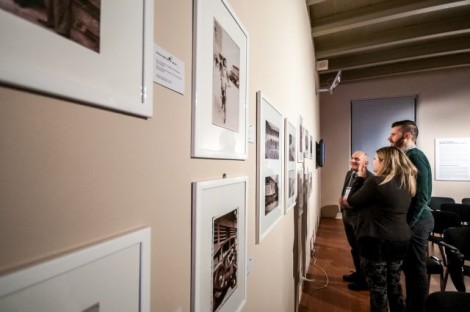
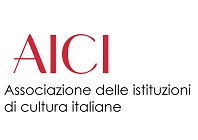 The Institutes cover all the territorial divisions and act as a plural organisation combining the preservation of book and archival goods with the promotion of relevant cultural activities. They are historical sources and tools for the development of the social, political and technical dimension of the Italian and European culture; in the digitisation of cultural heritage, joined with innovative and original forms of dissemination, AICI identifies a strategic and overriding instrument.
The Institutes cover all the territorial divisions and act as a plural organisation combining the preservation of book and archival goods with the promotion of relevant cultural activities. They are historical sources and tools for the development of the social, political and technical dimension of the Italian and European culture; in the digitisation of cultural heritage, joined with innovative and original forms of dissemination, AICI identifies a strategic and overriding instrument.
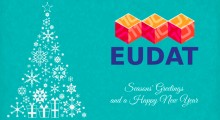
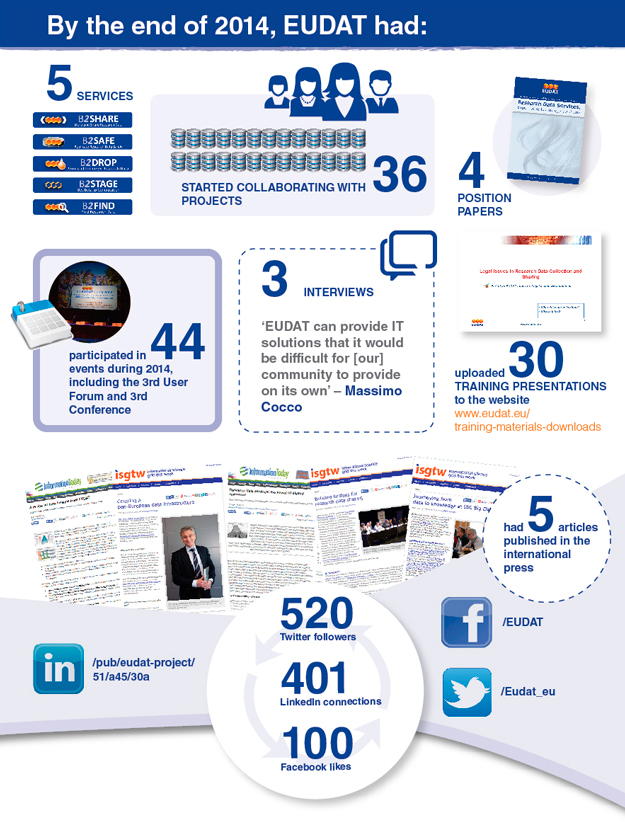
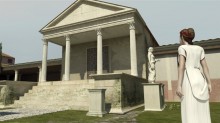
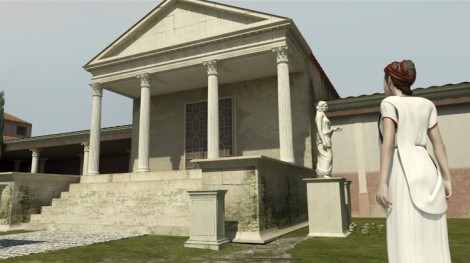 How do you prepare a professional in Cultural Heritage in the digital age? How the University can solve the gap between Science and Humanities? Is the current University ready to deal with education in Cultural Heritage? Are then Humanities a good professional option?
How do you prepare a professional in Cultural Heritage in the digital age? How the University can solve the gap between Science and Humanities? Is the current University ready to deal with education in Cultural Heritage? Are then Humanities a good professional option? At its completion, the student will receive the title INNOVA MASTER’s Degree in Virtual Heritage: The Cultural Heritage in the Digital Era
At its completion, the student will receive the title INNOVA MASTER’s Degree in Virtual Heritage: The Cultural Heritage in the Digital Era If you have interesting news and events to point out in the field of digital cultural heritage, we are waiting for your contribution.
If you have interesting news and events to point out in the field of digital cultural heritage, we are waiting for your contribution.







































